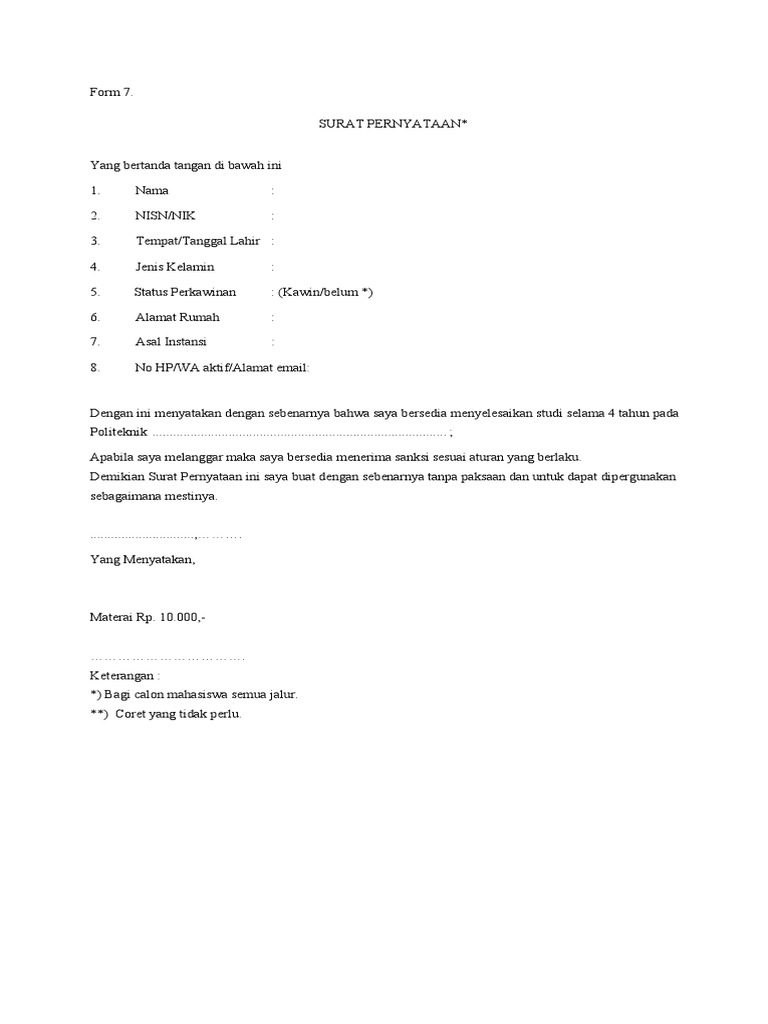Navigating the labyrinthine world of postal addresses often feels like deciphering an ancient script. Amongst the cryptic abbreviations and numerical sequences lies a seemingly innocuous yet surprisingly potent designator: PMB. But what exactly does PMB mean in an address? Beyond its terse simplicity lies a key to understanding a nuanced system designed for efficiency and security, particularly for individuals and businesses operating outside the conventional brick-and-mortar landscape.
Forget assuming PMB stands for Post Master Box. It doesn’t. Instead, let’s delve into the true meaning of PMB, its implications, and how it reshapes our understanding of modern mail delivery. Brace yourself; this might be more intricate than you initially surmised.
Unveiling the PMB Acronym: Private Mailbox
PMB stands for Private Mailbox. This isn’t your average mailbox attached to your house. A Private Mailbox is a rentable receptacle offered by Commercial Mail Receiving Agencies (CMRAs). Think of companies like UPS Store, Mail Boxes Etc., or similar independent businesses. These entities provide mail and package receiving services for a fee, offering a level of security and flexibility not always available with standard postal boxes or residential addresses.
The Dichotomy: PO Box vs. PMB
Many conflate PO Boxes with PMBs, but they are demonstrably distinct entities. A Post Office Box (PO Box) is, unsurprisingly, a box rented directly from the United States Postal Service (USPS). They’re useful, but PMBs offer advantages in several key areas.
Unlike PO Boxes, PMBs can often accept deliveries from all carriers – USPS, FedEx, UPS, DHL, and others. This is a significant boon for businesses that rely on various shipping services. Moreover, PMBs often provide additional services such as package forwarding, notification alerts upon receipt of mail, and even physical street addresses (more on that later). It offers a consolidation point for those who move about or may maintain multiple residences.
The Street Address Advantage: Reclaiming Legitimacy
Here’s where the intrigue deepens. While a PO Box is explicitly designated as such, a PMB can often be represented as a street address. This is a crucial distinction. Some businesses or individuals may prefer not to use a PO Box address for various reasons, including perceived legitimacy or professional image. Using a PMB allows them to utilize a physical street address combined with their PMB number, effectively masking the fact that they’re not operating from a traditional storefront.
For example, instead of “PO Box 123,” a business using a PMB could list their address as “123 Main Street, PMB 456.” This offers a more polished and established appearance, particularly important for online businesses or those seeking to project an aura of permanence.
Security and Anonymity: A Shield of Discretion
PMBs offer a heightened level of security compared to standard mail delivery. CMRAs typically provide secure facilities with controlled access, reducing the risk of mail theft or misdelivery. This is particularly valuable for individuals concerned about privacy or those who frequently receive sensitive documents. Furthermore, the use of a PMB can provide a degree of anonymity, shielding one’s residential address from public records or unwanted solicitations.
Mobility and Convenience: Addressing the Nomadic Lifestyle
In an increasingly mobile society, PMBs provide a convenient solution for individuals who move frequently or travel extensively. By maintaining a PMB, one can ensure consistent mail delivery regardless of their physical location. This is a boon for digital nomads, frequent travelers, or anyone who values a stable mailing address amidst a transient lifestyle. Package forwarding services further enhance this convenience, allowing individuals to receive their mail anywhere in the world.
The Regulatory Landscape: Navigating the Legal Framework
The operation of CMRAs and the use of PMBs are subject to specific regulations, primarily governed by the USPS. These regulations are designed to prevent illegal activities such as mail fraud and to ensure the integrity of the postal system. Individuals renting a PMB are typically required to provide identification and complete a USPS Form 1583, which authorizes the CMRA to act as their agent for receiving mail.
Potential Drawbacks: Weighing the Considerations
While PMBs offer numerous advantages, it’s important to acknowledge potential drawbacks. Rental fees can vary depending on the size of the box and the services offered, representing an ongoing expense. Furthermore, some institutions or services may not accept PMB addresses, particularly for sensitive transactions such as banking or government applications. Therefore, it’s crucial to verify the acceptability of a PMB address before committing to a rental agreement.
The Future of Mail Receiving: PMBs as a Cornerstone
As e-commerce continues its exponential growth and remote work becomes increasingly prevalent, the demand for flexible and secure mail receiving solutions is likely to surge. PMBs are poised to play an increasingly crucial role in this evolving landscape, providing a bridge between the physical and digital worlds. Their ability to offer street addresses, enhanced security, and convenient services makes them an indispensable tool for individuals and businesses alike.
In conclusion, PMB represents more than just a simple acronym. It embodies a modern approach to mail management, offering a blend of security, convenience, and legitimacy that transcends traditional PO Boxes. The next time you encounter “PMB” in an address, remember it’s not just a label; it’s a portal into a sophisticated system designed to meet the ever-changing needs of a dynamic world.







Leave a Comment